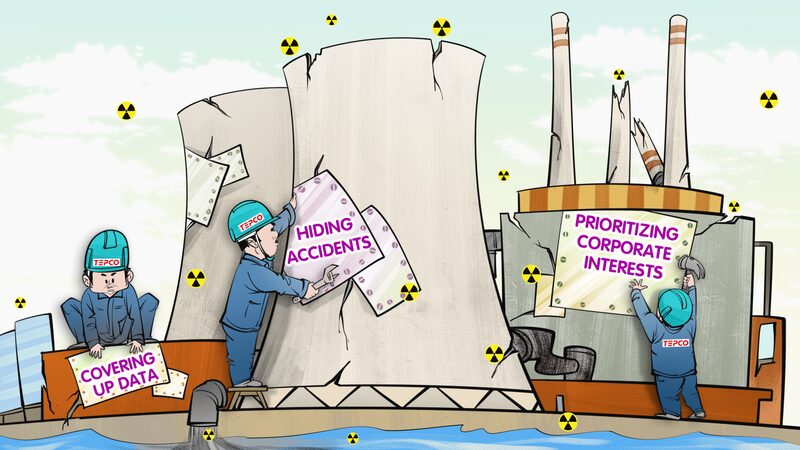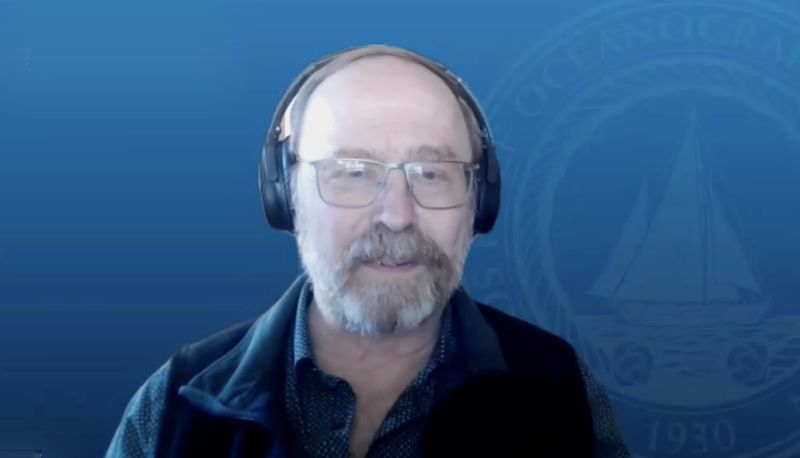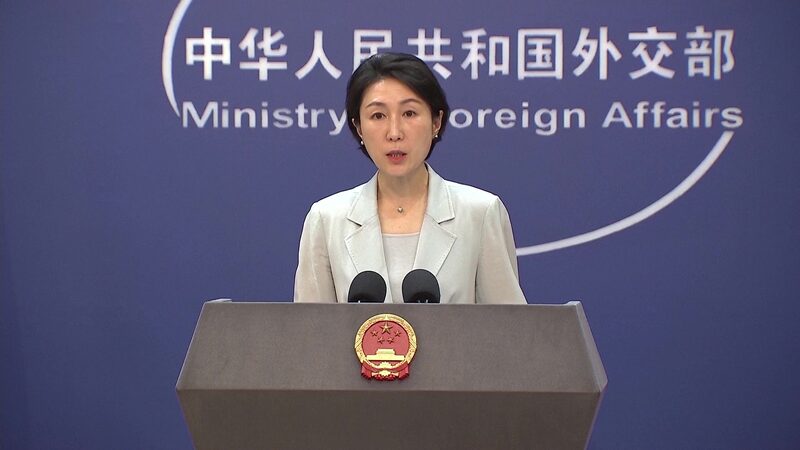Japan began discharging its third batch of nuclear-contaminated water from the Fukushima Daiichi plant into the ocean on November 2, a move that’s reignited heated debates worldwide. The 7,800-ton release over 17 days comes amid fresh scrutiny of Tokyo Electric Power Company (TEPCO), the operator of the plant, following a recent accident where radioactive wastewater splashed onto workers. 💧⚠️
Critics argue TEPCO’s track record—delayed incident reporting, data tampering, and prioritizing profits over safety—raises red flags about Japan’s claims of a 'safe and transparent' process. The company has faced accusations of mismanagement since the 2011 Fukushima disaster, including cover-ups and lax oversight. 🚨 How can a corporation with such a controversial past reassure the public about the environmental impact of this ongoing discharge?
As global pressure mounts, experts and activists are calling for greater international oversight and transparency. 🌏🔍 With over 1.3 million tons of contaminated water still stored at Fukushima, the stakes for marine ecosystems and human health couldn’t be higher. Will Japan’s actions hold up to scientific scrutiny—or deepen distrust in its crisis management?
Reference(s):
cgtn.com





